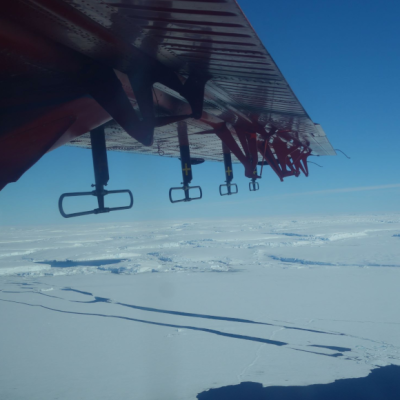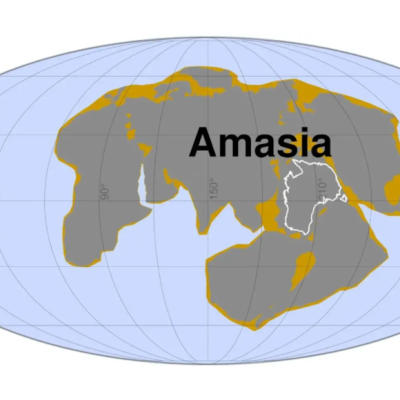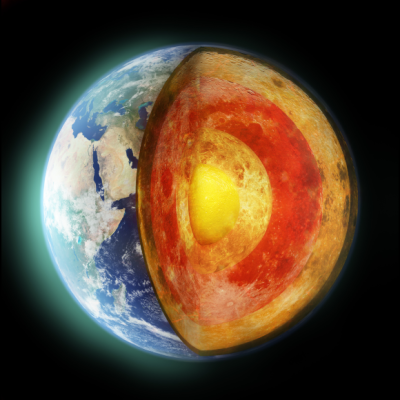A previously unknown tectonic plate has been discovered off the west coast of Canada by geologists at the University of Houston. The plate was found to be undergoing active subduction, where oceanic crustal plates are pushed into the Earth’s mantle by the North American continental plate. This process has created a volcanic mountain range, including Mount St. Helens. The discovery was published in the Geological Society of America Bulletin.
Scientists reconstructed the known plates using seismic data and computer modelling to determine their previous positions and movements. The reconstruction confirmed the subduction of the Farallon and Kula plates, but also revealed a previously unknown gap. The newly discovered plate, named Resurrection, existed on the Earth’s surface until around 40 million years ago when it was subducted. Today, the plate can only be identified by its partially melted remnants, which lie 400-600km beneath Canada.
The discovery of Resurrection adds to our understanding of the constantly changing nature of the Earth’s tectonic plates. The ongoing subduction of oceanic plates beneath continental plates is responsible for the creation of mountain ranges and volcanic activity. The discovery of Resurrection highlights the importance of continued research into the Earth’s geology and the potential for further discoveries.










